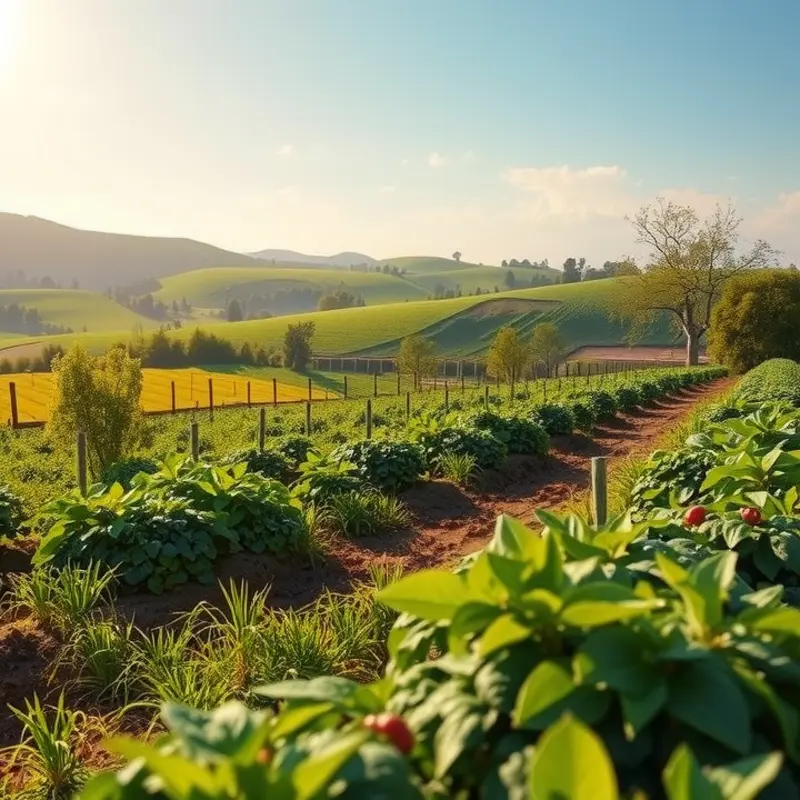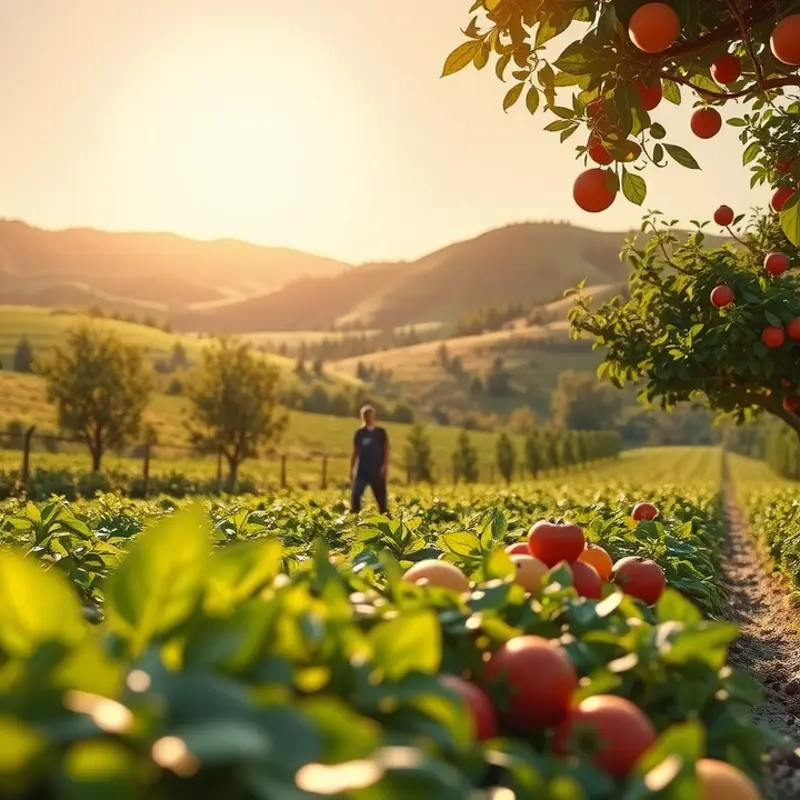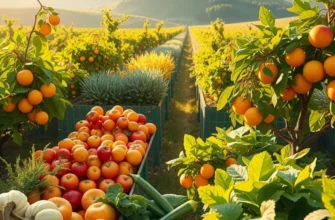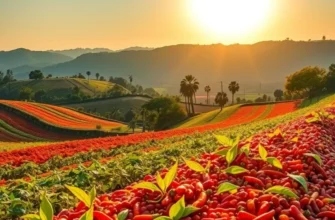Barbecue is more than just grilling; it’s a cultural expression intertwined with regional history and flavors. From the smoky pits of the American South to the fragrant kebabs of the Middle East, each barbecue tradition offers a glimpse into a community’s soul. This exploration unveils the unique ingredients, cooking techniques, and cultural significance that make barbecue a global phenomenon.
Savoring the South: American Barbecue Styles

In the Southern United States, barbecue is more than just a method of cooking meat; it’s a deep-seated tradition. Each region within the South offers its own unique take, marked by distinct flavors, sauces, and cooking practices. These differences are often shaped by the local ingredients and historical influences unique to each area.
Texas is home to several styles of barbecue, but the most revered is the Central Texas tradition. Here, beef brisket is king, slowly smoked over oak or pecan wood. The meat is seasoned with a simple rub, allowing the rich, smoky flavor to shine. Texas barbecue is served with a side of pickles and onions, enhancing the smoky, savory notes of the meat. The sauces in this region are typically tomato-based, but sparsely used, letting the meat’s natural flavors take center stage.
Travel a bit further east and you encounter Memphis, where pork is prized above all. Memphis barbecue features both dry and wet ribs. Dry ribs are rubbed with a combination of spices before being smoked, while wet ribs are basted with a tangy, tomato-based sauce throughout the cooking process. Both versions are celebrated for their tender, flavorful bites.
In the Carolinas, barbecue is synonymous with pulled pork, slowly smoked over a pit. Eastern North Carolina is known for its vinegar-based sauce, a sharp and spicy mixture that cuts through the richness of the pork. Meanwhile, Western North Carolina, or Lexington style, introduces a touch of tomato to the vinegar sauce, offering a slightly sweeter taste. South Carolina adds another layer of complexity with its mustard-based sauce, combining tanginess with a hint of spice.
Southern barbecue is not just a feast for the palate; it’s a social event that brings communities together. Barbecue gatherings often occur at festivals, family reunions, and church socials, underscoring the significant cultural role this culinary tradition plays. These events comprise more than just food; they’re about storytelling, music, and celebrating life’s milestones.
The Southern barbecue tradition is also rooted in resourcefulness. In the past, smokehouses were essential for preserving meat. Today, barbecue is a practical and flavorful way to enhance the taste of tougher cuts through slow cooking. Harnessing regional ingredients like mesquite wood in Texas or the vinegar and apples in the Carolinas showcases this ethic of using what the land provides.
In tracing these rich traditions, one might ponder how these regional differences developed. Culinary Influences Through Trade played a pivotal role, as migrations and cultural exchanges introduced new flavors and techniques that were adapted into local practices. Thus, Southern barbecue is a testament to both historical persistence and creativity.
As we savor the variations of Southern barbecue, we are reminded of the passion and pride integral to its preparation. Each bite tells a story of heritage, community, and the unyielding spirit of the South’s culinary landscape.
Global Grills: Barbecue Traditions Around the World

Asado, an intrinsic part of Argentine culture, revolves not just around food, but the social ritual of grilling meat over an open flame. It typically involves a meticulous process of preparing whole animal cuts, seasoned simply with salt, and cooked over indirect heat for hours. This labor of love extends beyond culinary expertise; it is a communal act steeped in tradition and festivity.
In Brazil, the churrasco style embodies a similar communal ethos. In Southern regions, large cuts of meat are skewered on large swords and roasted over wood-fired grills known as churrasqueiras. Churrasco is more than a meal; it’s a reason to gather family and friends to enjoy life’s simple pleasures.
Turning our gaze eastward, Korean barbecue, or gogi-gu-i, offers a distinct approach. Here, diners are typically greeted with an array of ready-to-cook marinated meats, including beef, pork, and chicken, alongside an ensemble of banchan—small side dishes like kimchi and pickled vegetables. The highlight is the shared experience where everyone cooks their food at the table, fostering an interactive dining occasion.
Japanese yakitori presents a more focused culinary experience. Small skewers of chicken, often including various parts not commonly consumed in other cultures, are grilled over binchotan charcoal. This specialized charcoal burns at a lower temperature, allowing for precise control and imparting a distinct flavor—demonstrating the Japanese mastery of simplicity in enhancing natural flavors.
Further south, Malaysian satay takes its place in the tapestry of global grills. Small pieces of seasoned meat, typically chicken or beef, are skewered and grilled over an open flame. The satay is eagerly paired with a delectable peanut sauce, blending sweet and spicy flavors. These skewers are not just street food; they are a quintessence of Malaysian mingling and festivity.
In the Middle East, kebabs reign supreme. Across different regions, from Turkish şiş kebabs to Persian koobideh, the skewered meat varies significantly. Spices such as sumac, saffron, and cumin marry with the meat, offering layers of flavor rooted in centuries of culinary trade influences. The communal aspect is palpable as families gather around for a meal steeped in heritage.
The South African braai, a term derived from Afrikaans, celebrates not just meat, but also the act of gathering around the grill. Popular at events and holidays, a braai is less about the scientific principles of cooking and more about camaraderie. The meat selection is eclectic, often including sausages like boerewors, steaks, and lamb chops, with marinades blending spices brought through historic trade routes.
These varied barbecue traditions highlight a common thread—the ability of food to unite people, transcending borders and language barriers. From diverse spices seasoning the meats to the communal fireside conversations, barbecue is more than a cooking method. It’s a global cultural phenomenon where the ritual of sharing flavors defines the experience. For more on how global culinary influences have intertwined throughout history, consider reading about the culinary influences of trade.
Final words
Barbecue traditions reflect the heart and soul of cultures around the world, uniting us through the communal act of cooking and sharing food. Whether it’s the rich, smoky flavors of Southern U.S. barbecue or the zesty spices of international grilling techniques, each region contributes to a vast tapestry of culinary heritage. Embracing these traditions not only tantalizes the taste buds but also fosters a greater understanding of the global community we share, reminding us that food, at its core, is a celebration of life.








